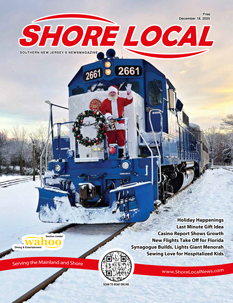By Heidi Clayton
If you ask 10 dog trainers to define what they believe constitutes an aggressive dog, you will get 10 different opinions on what they feel aggression in dogs is. But you will most likely also get the answer of “I know it when I see it” from all of them. Trying to put an exact look on what an aggressive dog is can be hard for owners and trainers alike.
Most behaviorists agree that aggression is defined as a dog’s need to increase the distance between itself and a perceived threat. Growling, showing off teeth, lunging at something or someone, or snapping are all perfectly normal ways in the dog world to communicate to others that they need to go away. It is also the dog’s way of telling the other party that they will defend themselves by all means necessary. Emotionally, what is causing the aggression or motivating the dog to behave in the manner listed above is paramount to defining why certain dogs exhibit aggression and others do not.
So how do I define aggression? Again, like most dog trainers, you may not be able to articulate what it looks like, but you absolutely know it when you see it. For me, a truly aggressive dog is a dog that behaves in a predatory manner towards humans and will use their teeth to resolve what they feel is a problem with zero hesitation. This type of dog is thankfully pretty rare. Most dog bite cases that I work with are a result of fear or anxiety in the dog, and owners may not see the warning signals or miss signs of trouble because it is very emotional for them to live with what they think is an aggressive dog. For example, a dog growls at the family when someone comes near their food dish, which in the dog world is a very practical response to a perceived threat to their resource. As a result, the owner decides to punish the dog with a smack to the butt or, even worse, snatch the dog’s dish away to show them who is boss. What you are effectively doing is removing the dog’s warning system that trouble is brewing, rather than changing how your dog feels about someone coming near the food dish. Next time the dog’s territory is encroached upon, there may be no warning growl, just a bite. Many of these dogs are perfectly lovely any other time, which is why owners struggle with the idea that their dog might be considered aggressive.
Two dogs in my over 10 years of business were what I consider aggressive and exhibited truly predatory behavior towards humans. They, without warning, would stalk their owners with a hard stare in their eyes and were truly what I would call dangerous dogs. Visits to a veterinary behaviorist confirmed neurological issues that would require heavy medication and a confined life for the dog, which resulted in the hard decision of being euthanized.
All of the other “aggressive” dogs I work with are so because of being fearful and having anxiety. Growling and snapping at humans is their way of telling them that they can not function well in their living situations. Resource-guarding is perhaps the most common issue that people view as a dog being aggressive. Dog-on-dog aggression is a runner-up, with dog bites happening after the owners had to intervene in a dog fight.
Since living with an aggressive dog is emotionally hard and challenging, you may not see the situation clearly and should seek an outside opinion on what is going on. I tell all of my clients to trust their gut instinct on what they thought during an incident with their dog. If you have seen something in your dog that worries you, it is very important to seek help and not let the problem keep recurring, because it then becomes much harder to fix or manage. Dogs can pay with their life over a dog bite, so being honest about the situation is critical.
If you have any questions, please email me at heidi@fouronthefloordogtraining.net.
Heidi Clayton started Four On the Floor Dog Training to provide positive, reward-based dog training in South Jersey. She breeds, trains and shows bull terriers under the SoraBully’s Bull Terriers kennel name. Email questions to heidi@fouronthefloordogtraining.net or learn more at https://fouronthefloordogtraining.net











